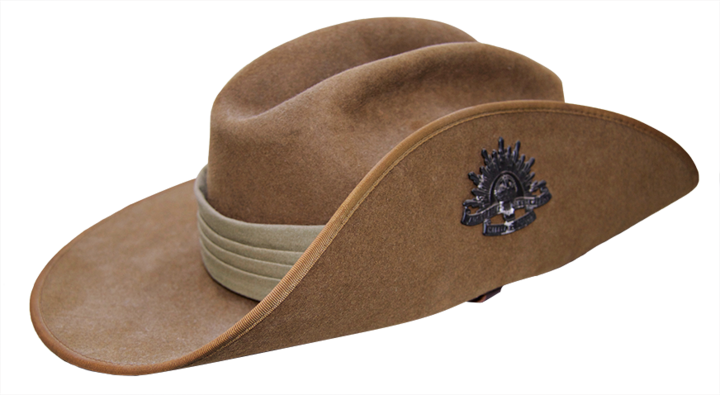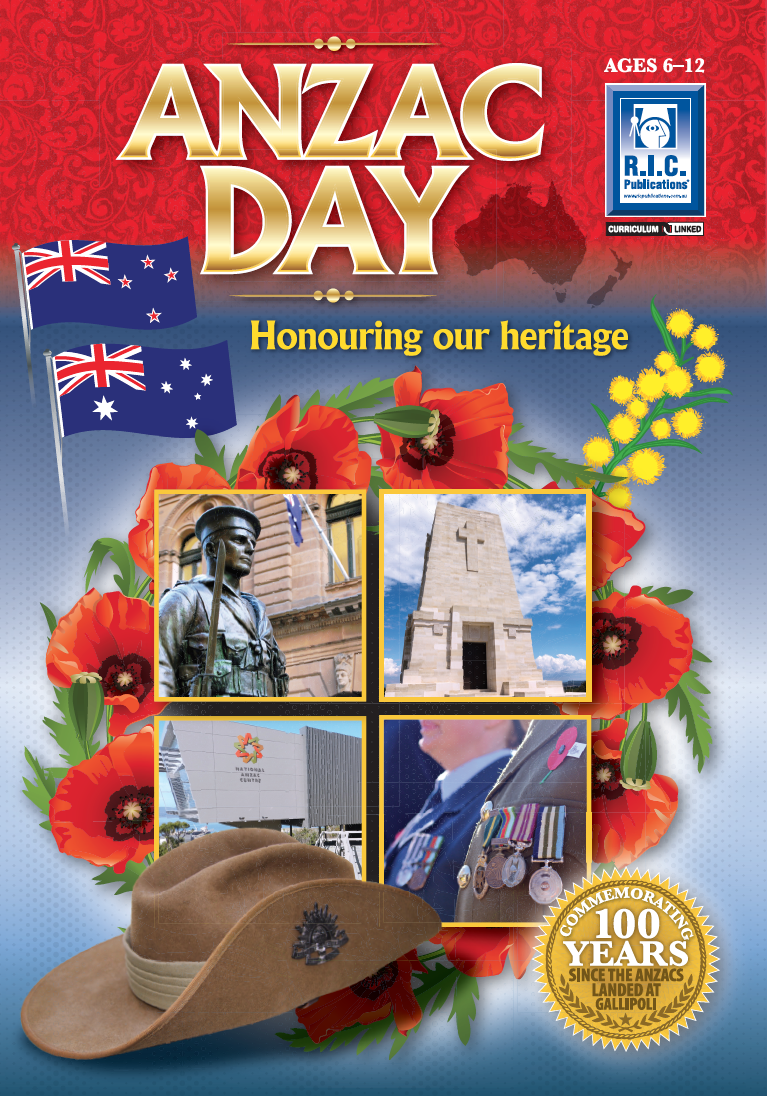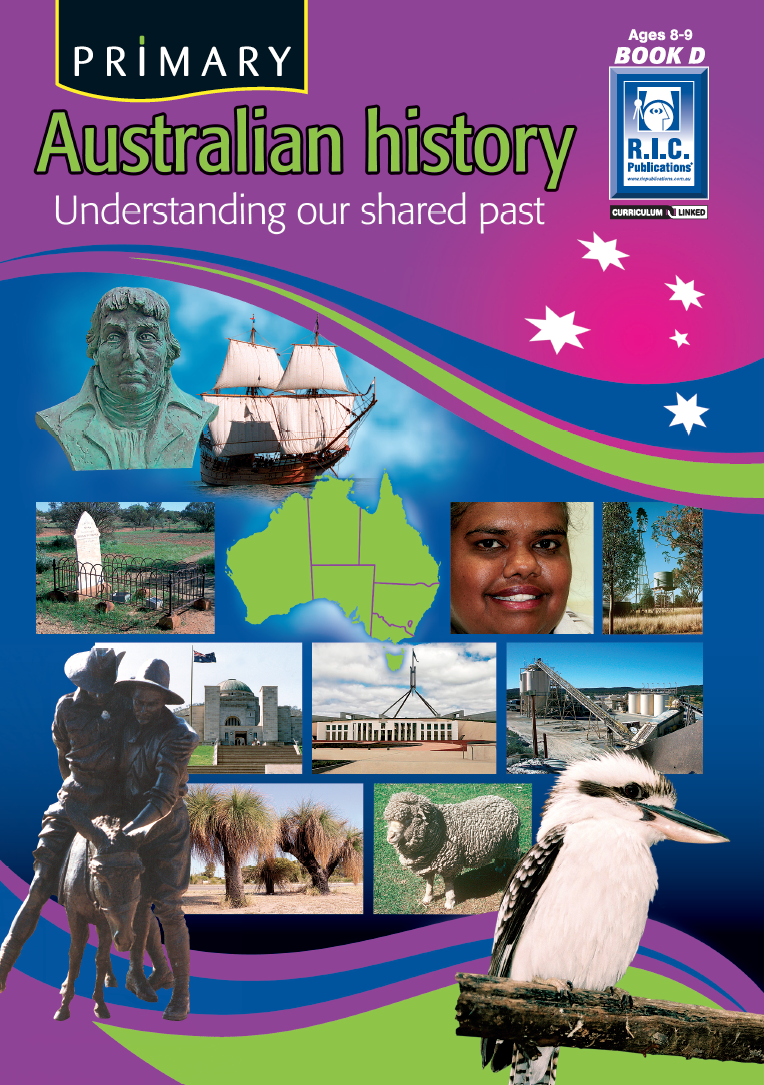- Tuesday 28 March 2017
- 0 Comments
Anzac Day is such an important date in calendars across the nation. The 25th of April is the commemoration of the many sacrifices made by those who have served Australia in times of need, and those who currently serve in Australia's defence forces. The centenary of Anzac is from 2014–2018, commemorating the troops that landed at Gallipoli and who fought in the First World War. Students will know of Anzac Day, but do they understand its significance? Share with your students some symbols of Anzac and activities that tie in with Anzac Day.
'The last post' and 'Reveille': 'The last post' was played at the end of the soldiers' day, and meant 'lights out'. 'Reveille' was played to rouse the soldiers from sleep, and is traditionally played on Anzac Day to represent the rising of the fallen soldiers to a better world.
- Use the internet to search for audio recordings of 'The last post' and 'Reveille' to play for students. What feelings do they invoke?
- Write a diary entry of a soldier in World War One who wakes to 'Reveille'.
The slouch hat: This distinctive hat was used by Australian soldiers in the 1890s, and Anzac soldiers wanted to keep it for World War One as it was comfortable and offered good protection from all types of weather. The turn and pin of the Australian 'Rising sun' badge was to allow soldiers to carry their rifle on their shoulder. 
- Students discuss the positives and negatives of the slouch hat.
- Students design a piece of uniform for current forces. What would it be made of it? How would it look? What purpose would it serve?
Red poppy: While a single poppy is used on Remembrance Day (11 November), wreaths of poppies are used to represent the poppies which grew on European battlefields.
- Research the significance of the poppy in other global events. Where can the poppy be found? Does anyone have poppies growing in their garden?
Rosemary: A sprig is worn for remembrance of Anzacs. It now grows wild on the hills of Gallipoli.
- Bring some rosemary in for students to examine. What does it feel like? What does it smell like? Where does it grow? What else can it be used for?
Simpson and his donkey: Jack Kirkpatrick Simpson, commonly known as John Simpson, is widely remembered for his courage and strength while helping wounded soldiers. He would place the wounded on the back of his donkey and navigate his way through the battlefields while under enemy fire. He saved hundreds of soldiers, and was sadly killed by enemy fire on 19 May 1915.
- Students complete a research project on John Simpson, other Australian war heroes, or recipients of the Victoria Cross. What did this person do to receive such commendation? How did they make a difference during a time of conflict?



